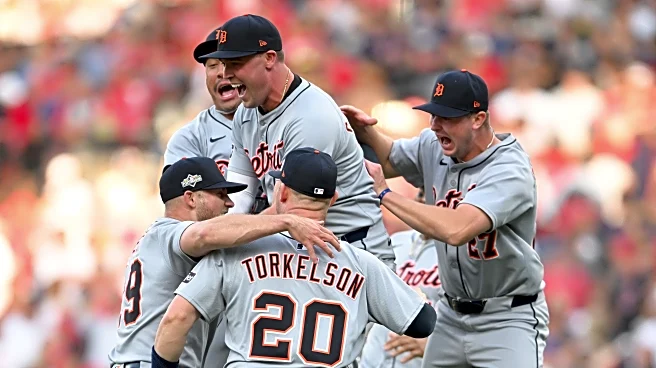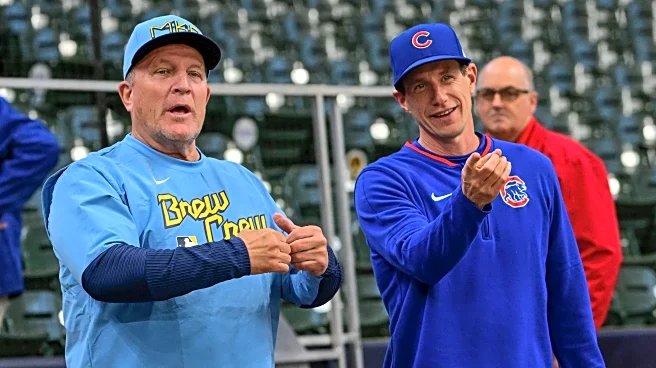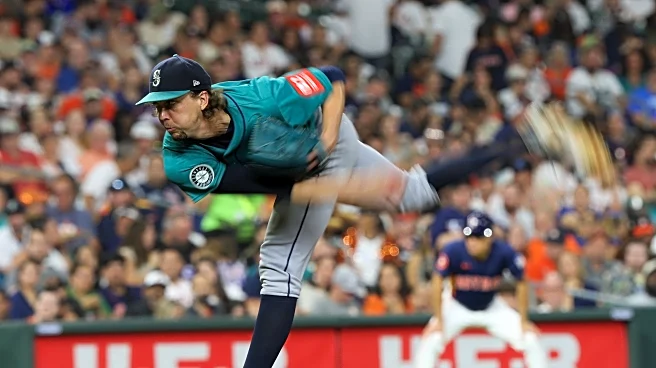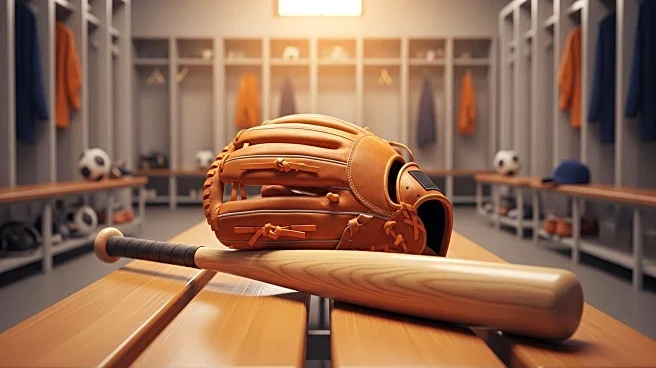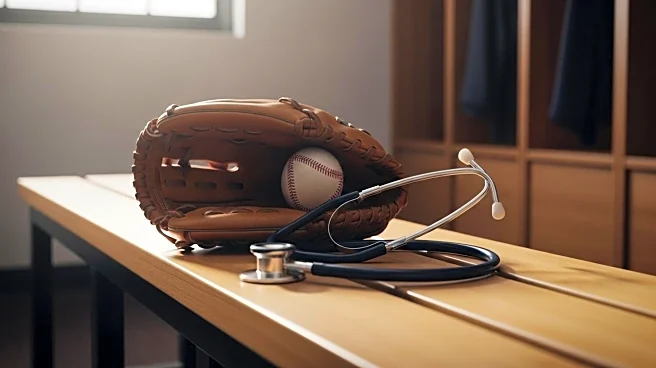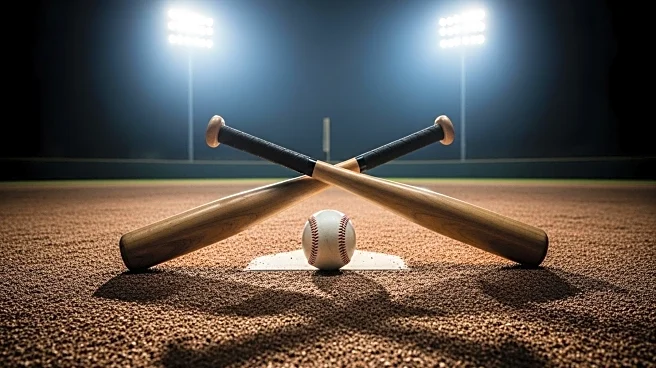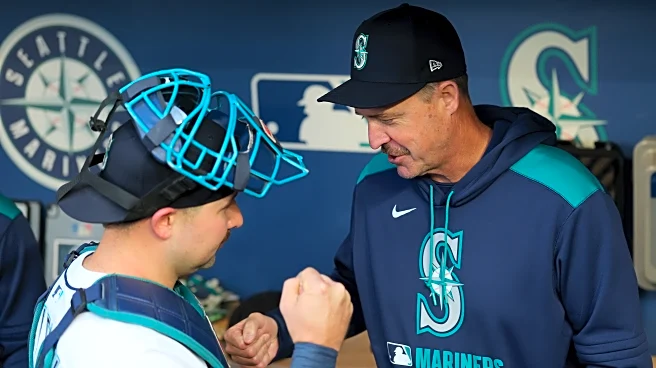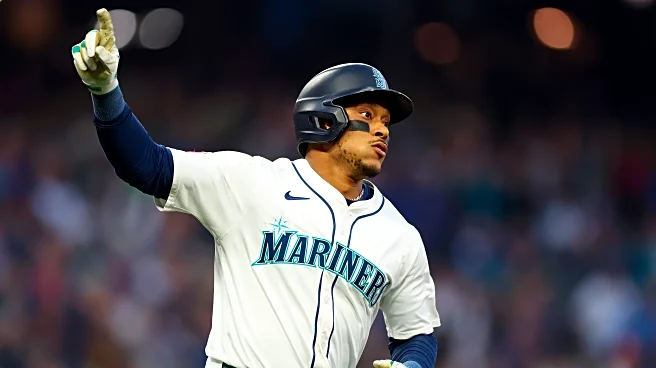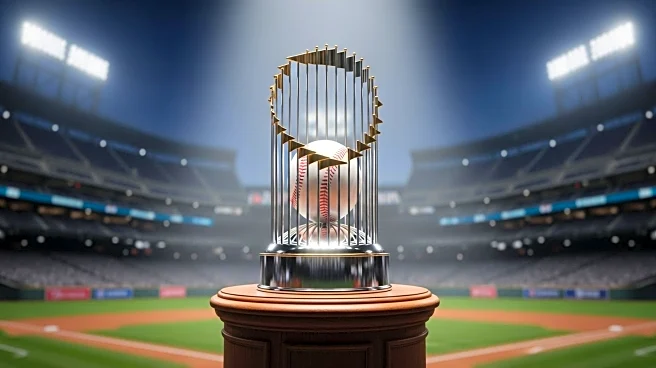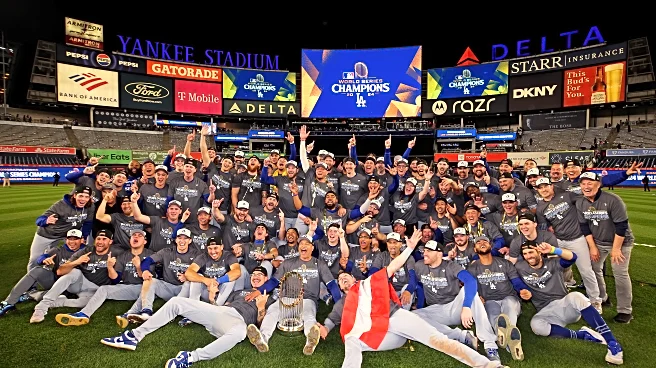As the Yankees and Red Sox duked it out in the Wild Card Series, the Mariners, winners of the AL West for the first time in 24 years, rested easy, having secured the No. 2 seed in the American League.
Now, the Mariners are set to host the Tigers in the ALDS, Seattle’s first time hosting a playoff series as a favorite in nearly a quarter-century. They have the tools to advance to the World Series for the first time in franchise history.
2025 record: 90-72
Manager: Dan Wilson
Top hitter by fWAR: Cal Raleigh (9.1)
Top pitcher by fWAR: Bryan Woo (3.6)
Yankees fans could feel somewhat aggrieved that Seattle, which won four fewer games than New York, got to waltz through to the ALDS, spared the hassle of dealing with the Wild Card. But even though their 90-72 record doesn’t look spectacular on paper, don’t be fooled. The Mariners possess one of the most balanced rosters in the playoff bracket.
It all starts, of course, with Cal Raleigh, the incomparable catcher who, despite not being the most valuable player in the American League, has arguably been the story in baseball this year. Raleigh, just the fourth man in AL history to hit 60 homers in a year, brings world-class power to a position that rarely even sees above-average pop. His 161 wRC+ is right in line with Juan Soto’s career norms; to wring Soto-level production out of a position where offense often feels incidental is a massive head start for Seattle.
Yet even if Raleigh is the straw that stirs the drink, this lineup as a whole is a much more appealing beverage than it’s been in years, with the Mariners trotting out the deepest lineup in the AL this side of the Yankees. Julio Rodríguez is Raleigh’s primary running mate, and after a slow start, J-Rod has looked every bit the star he is, posting a .900 OPS after the All-Star Break en route to a roughly 6-WAR season.
But beyond the Raleigh/J-Rod star duo, the Mariners boast another five or six position players one could argue are average or better. Randy Arozarena remains an all-around threat, posting a 120 wRC+ along with 27 homers and 31 steals. Jorge Polanco proved to be one of the best pickups from last offseason, running a 132 wRC+ as the starting second baseman, while his double-play mate, J.P. Crawford, turned in one of his finest offensive campaigns, his 113 wRC+ the second highest of his career.
Crucially, the Mariners fully fleshed out their lineup with a pair of slugging additions at the deadline, Jerry Dipoto bringing in Josh Naylor and Eugenio Suárez in July. Naylor has been a revelation in Seattle, carrying a 137 wRC+ as a Mariner while stunningly going 19-for-19 on steals. Suarez has yet to hit his stride, hitting .189/.255/.428 post-trade, but it’s hard to deny his recent track record. All told, Seattle goes seven or eight deep with this lineup, depending on how you feel about Victor Robles, who’s regressed offensively during an injury-derailed season, and Dominic Canzone, who’s hit .300/.358/.481 as a part-time player.
Had you told a Mariner fan before the season that Seattle would rank third in adjusted offense by the end of the year, they’d have jumped for joy, assuming that such a potent lineup would be supporting the Mariners’ typically excellent pitching staff. In a reversal of fortune, it’s been Seattle’s rotation that’s failed to hold up its end of the bargain. They’ve been right in the middle of the pack by both adjusted ERA and FIP all year, and finished 2025 ranked 18th overall in fWAR.
The Mariners saw three pillars of their young, star-studded rotation suddenly regress. Bryce Miller, 26, saw his ERA almost double from 2.94 to 5.68, and pitched just 90.1 innings amid elbow problems. Logan Gilbert, 28, was mostly as advertised, but elbow problems of his own kept him out for two months early in the season. And George Kirby, 27, might have had the most mystifying campaign of them all, mixing occasional brilliance (two 14-strikeout starts!) with a tendency to blow up (two outings of seven-plus runs allowed down the stretch).
It came down to Bryan Woo and Luis Castillo to carry the load, and fortunately for Seattle, the pair was up to the task, Woo turning in the best season of his career with a 2.94 ERA in 186.2 innings (battling a pec issue at the very end of the season), and Castillo showing well with a 3.54 ERA in 180.2 innings. Woo and Castillo provide a strong top-two at the front of the playoff rotation, and even though it’s been a down year for the rest of Seattle’s rotation, that they managed to win in spite of the struggles of their star hurlers is almost a scary thing for their playoff opponents. If the Mariners can get one more arm to support Woo and Castillo, the rotation will once again look like dynamite. Gilbert in particular seems ready for the task; after an uneven midsummer stretch post-injury, the right-hander has been nails down the stretch, running a 2.52 ERA with 48 strikeouts in 39.1 innings across his final seven starts. He could even usurp Castillo for that Game 2 start as well,.
Woo/Castillo/Gilbert should keep the Mariners in every game, and similarly, Seattle should have enough at the back end of the bullpen to fill the high-leverage late innings. Matt Brash, Eduard Bazardo, and Gabe Speier proved to be a capable bridge to fire-breathing closer Andrés Muñoz this year. Though there isn’t the most depth here, in an ideal world for Seattle, they won’t have much need for fifth and sixth relievers once their starters have done their job, and Muñoz, caretaker of a 1.73 ERA in 2025, will lock down the last three (or more) outs of any close game.
The argument for Seattle winning it’s first World Series is pretty straightforward. They have a talismanic superstar, no holes in their lineup, and enough top-end pitching to survive the October gauntlet. Should the Yankees continue to advance, they should expect to meet the Mariners in the ALCS, as they did 24 years ago in 2001. With the ALDS round about to start, I’m sure both sides would sign up for a rematch.

